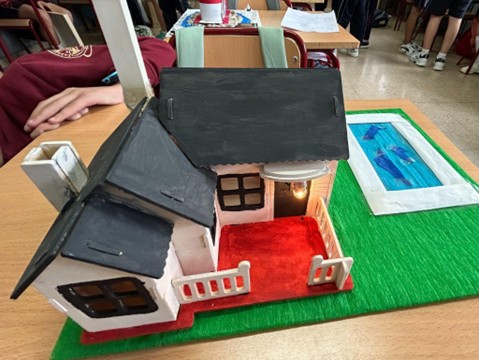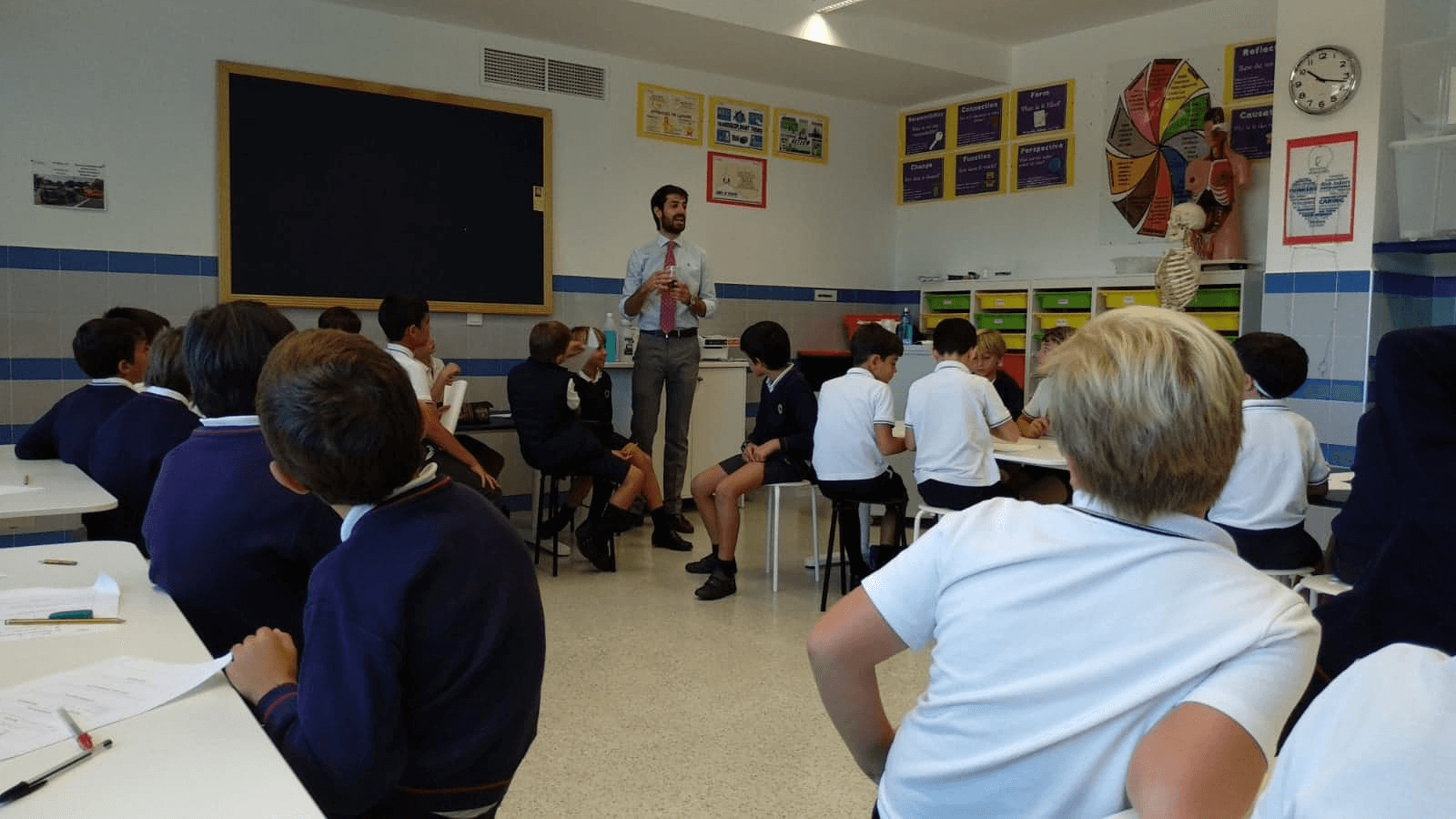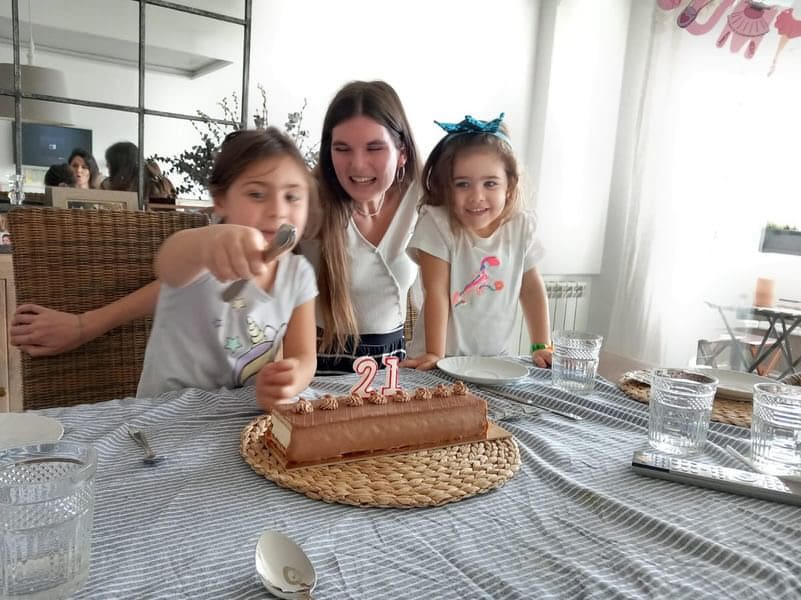As a Language Assistant in Spain, I get to teach not only a range of age groups—I teach students ranging in age from 12 all the way up to 18— but also a range of subjects. While I certainly enjoy teaching English as well as my European Union and Economics classes, one of my greatest joys has been teaching the 6th-grade science classes.
ESL Science in Action
This is particularly due to the head teacher’s willingness to let me add projects and demonstrations from my own time learning science in middle school into the curriculum. One way that we did this most recently was by challenging the students to build a creative circuit using the different components we had learned about in class.

When I was in 7th grade, my science teacher at Woodrow Wilson Middle School challenged us to do a similar project during our electricity unit. I remember excitedly buying the materials. I then meticulously taped down the wires to create my final project—a starry night lit up by the circuit embedded in the cardboard.

I was blown away by the ideas the students came up with for their projects. I was also overjoyed to see how excited they were about the work they had put in. These kids sure are clever!

For our unit on machines, we’re doing a project inspired by a popular American middle school science activity. It’s a spin-off of the classic egg drop. I cannot wait to see what these smarties will come up with!
Other Project Ideas
- Have groups create models of different ecosystems, environmental systems, or the solar system—you can even help them make the models move!
- Order owl pellets from Amazon and have your students dissect them to learn about bones and predator-prey relationships.
- Wow your students with an elephant toothpaste demonstration, and then give them a simple chemistry project, such as mixing chemicals to cause a color change.
- Pull out a complex version of Operation and have them label each of the body parts. Then, you can have them write sentences describing their “operations” in English.
- Use your Netflix account to pull up an interactive episode, and have the students “vote” on which decision to make by writing sentences.










